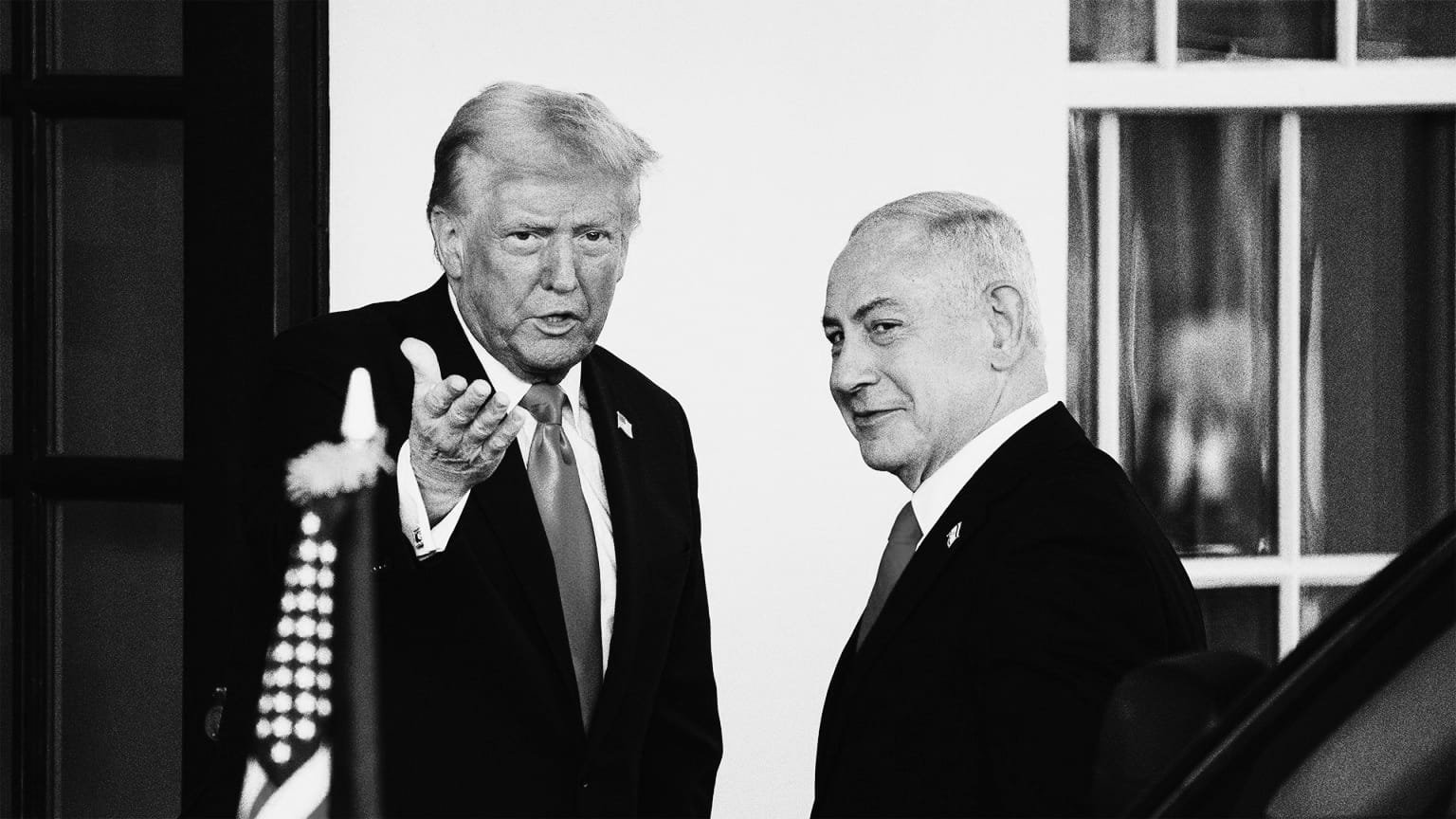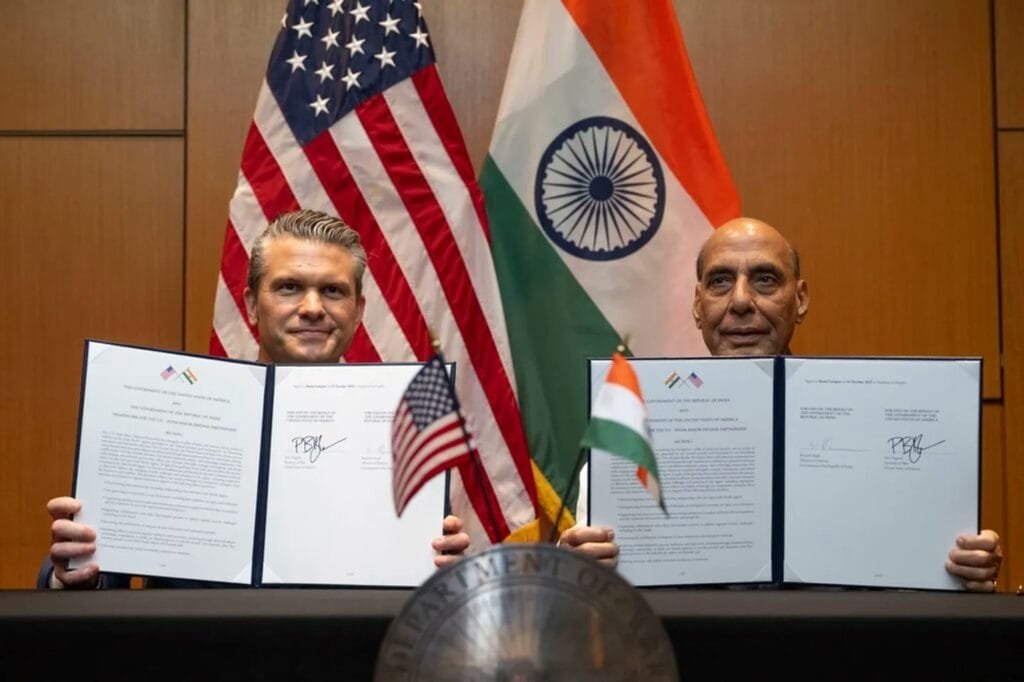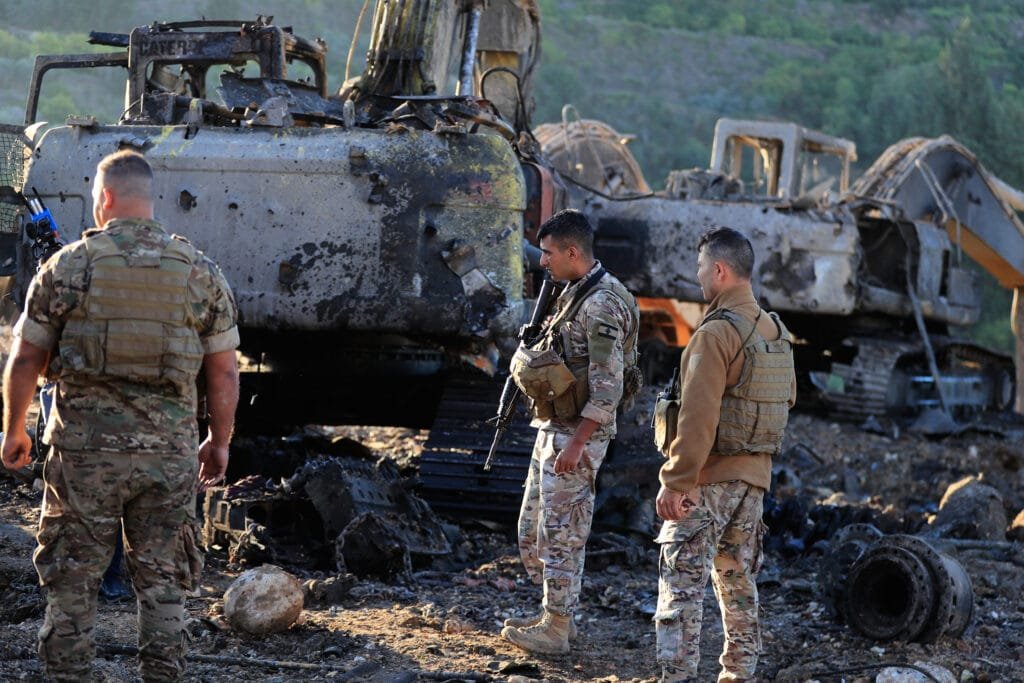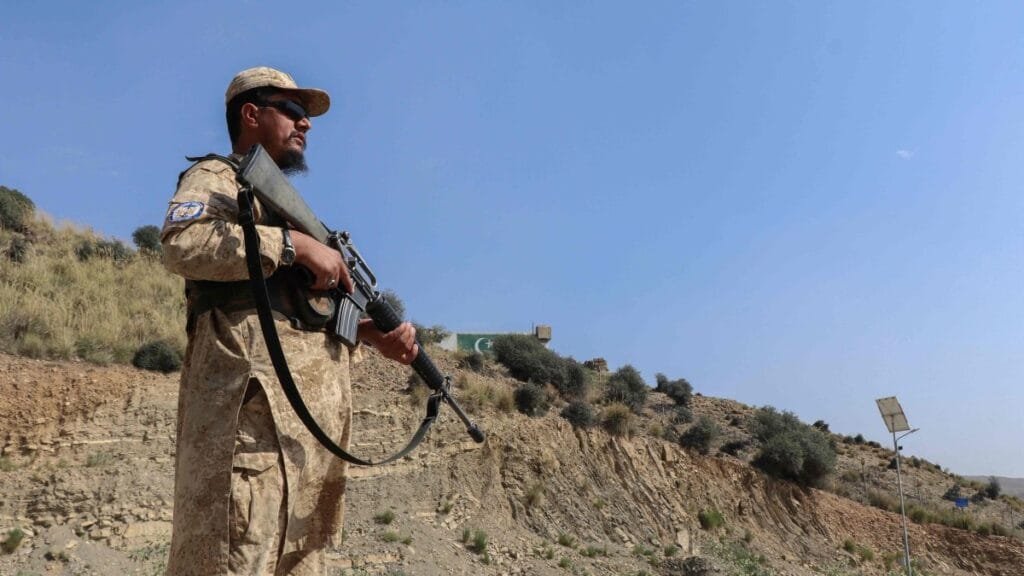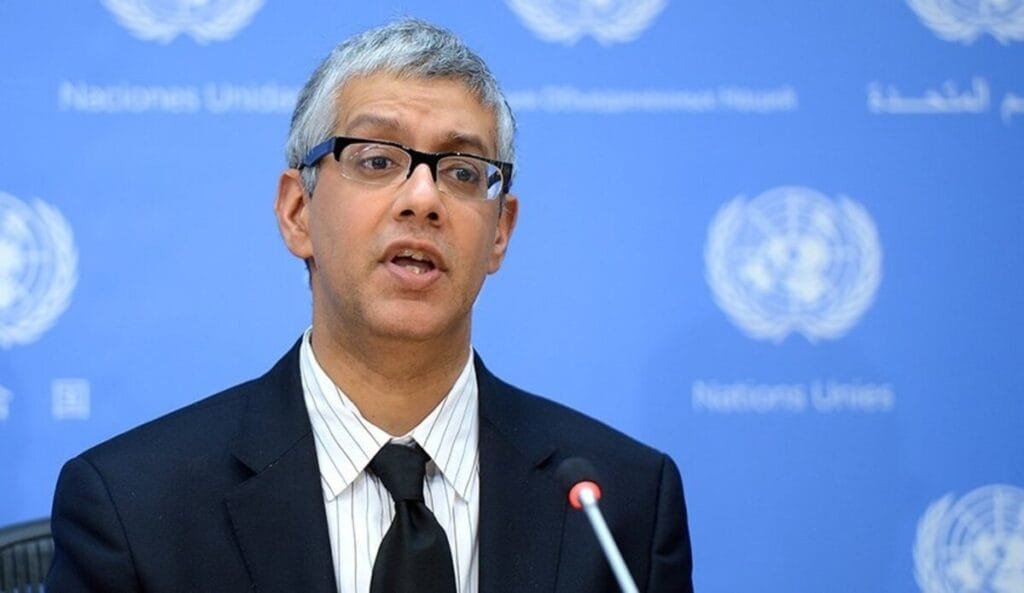Israel’s acceptance of a “first phase” ceasefire in Gaza has been hailed internationally as a long-awaited moment of calm after years of devastation. Yet beneath the diplomatic fanfare, this deal represents neither peace nor stability. It is a temporary reset—a calculated maneuver by Israel and its American ally to regroup, reposition, and reassert control in a volatile region.
Israel’s decision to embrace the ceasefire is less about humanitarian intent and more about political necessity. Mounting domestic discontent, international outrage, and the growing toll of isolation have forced Tel Aviv to adopt a short-term truce. The release of hostages serves as a face-saving move to ease internal pressure and buy time. But Israeli leaders have already signaled their broader intent: “We’ll bring the hostages home—and then finish the job.” The statement reveals the reality that this pause is not an end to the war, but a tactical interval before operations resume with renewed ferocity.
For Prime Minister Benjamin Netanyahu, peace offers no political refuge. Ending the war would expose him to legal and political vulnerability—reviving his corruption trials and inflaming public anger over the failures of October 7. The war has shielded him from accountability and kept his fragile coalition intact under the banner of national survival. A lasting peace would unravel that illusion, threatening both his power and his legacy. Netanyahu’s incentive, therefore, lies not in peace but in prolonging controlled chaos—a state of perpetual mobilization that sustains his political relevance.
Washington’s role in this so-called peace process is equally self-serving. The United States continues to view West Asia through the lens of strategic dominance, not stability. By framing the Gaza truce as a diplomatic success, Washington aims to project leadership while quietly reinforcing its influence across the region. The ceasefire, if sustained, could serve as a precedent for American-managed “phased deals” elsewhere—templates of containment rather than resolution, aimed at maintaining leverage over Lebanon, Yemen, Iraq, and Iran. Each deal, under the guise of peace, reinforces U.S. strategic architecture rather than dismantling the root causes of regional instability.
But the Middle East is no longer a passive chessboard. Resistance networks from Hezbollah to the Houthis have made it clear that any effort to impose U.S.-backed terms will be contested. The so-called calm in Gaza could become the spark for broader escalation, as neighboring fronts are drawn into confrontation. Israeli and American military coordination already hints at wider ambitions—from bolstering operations along Lebanon’s border to containing Iran’s expanding regional reach.
The illusion of victory in Gaza risks triggering a new cycle of conflict that stretches far beyond Palestinian territory. As Washington and Tel Aviv recalibrate their strategies, the geopolitical center of gravity in West Asia is shifting toward confrontation on multiple fronts. The U.S. seeks to consolidate its hold over critical maritime and energy corridors—from the Red Sea to the Eastern Mediterranean—securing dominance that extends its reach over both Europe and Asia. Control of these arteries offers leverage not only in the Middle East but also in the global balance of power, especially against China and Russia.
What appears as a ceasefire, therefore, is merely a pause before the next escalation. The guns may quiet briefly, but the underlying machinery of war continues to hum. For Israel, the truce is a domestic lifeline; for Washington, it is a strategic instrument. For the people of Gaza and the wider region, it is neither—only a fleeting breath between storms in a conflict that shows no sign of truly ending.

